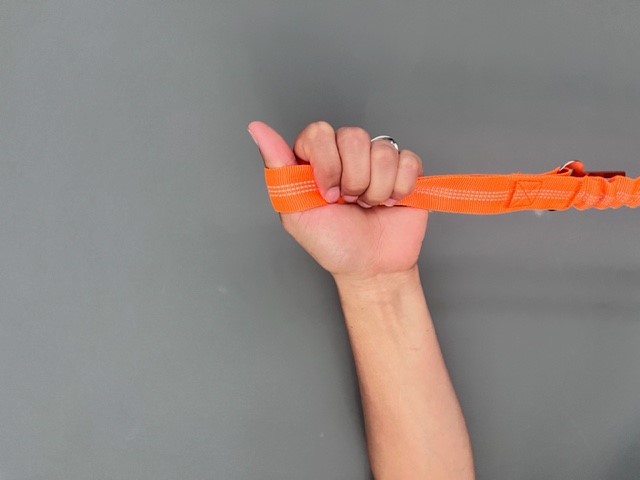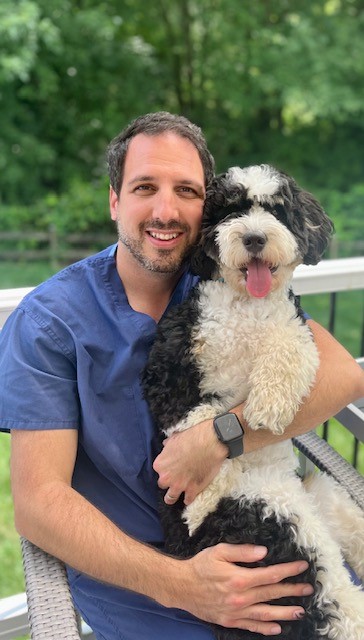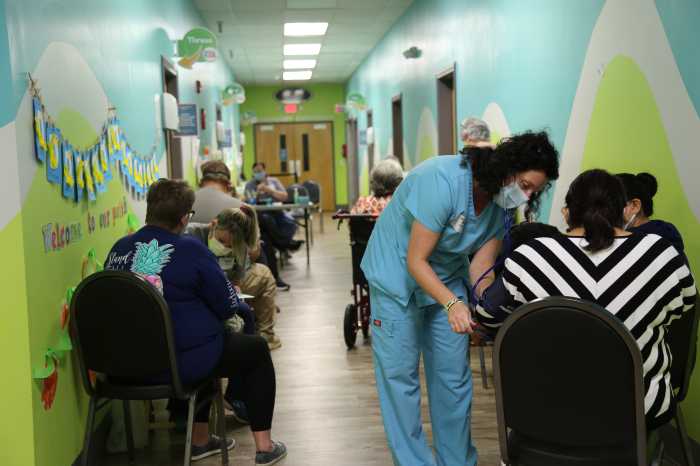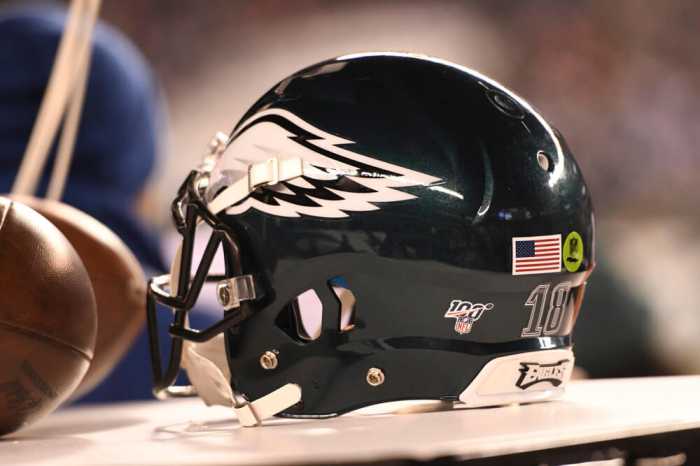Walking with your furry best friend should be a joy for both you and your dog. However, injuries during dog walking can be serious and are more common than we think. Over the past two decades, the number of injuries related to dog walking have increased four-fold. These injuries usually affect the hand, the wrist and can involve the face and the head. Safe dog walking practices are paramount as many of these injuries can be avoided.
Even well-trained dogs can take off to chase an inviting squirrel or get spooked from a loud bang from a nearby garbage can. The force of the leash pull can injure the hand and in some cases induce a serious fall if the owner is unbalanced, and/or the dog is large.
Like any human sport, training is paramount. The ability to know how to properly walk your dog, and your dog’s ability to know how to walk, is important (especially for bigger dogs). Practicing proper dog walking can avoid potentially dangerous outcomes.
Injuries during dog walking
There are three main injury patterns that dominate the emergency room caused by accidents during a friendly stroll with dogs. The most dangerous of these injuries are falls. Falls can happen due to improper balance, tripping over the dog or the leash. Likely, the most violent injury is from a dog pulling on the leash as it takes off with the owner unable to release the leash in time. Falls like these can result in bruises, broken wrists or upper extremity injuries, facial injuries and even head injuries.
An improper grasp on the leash can also lead to injuries like broken or dislocated fingers. Thinner leashes (like the retractable ones) can burn or cut through skin if improperly used, as they can slip through the hand and fingers. The walker should be able to release the leash instantly if need be.
Lastly, if your dog encounters another excited dog (or one that is having a bad day), the two dogs can playfully or aggressively get entangled. Separating the two can pose a risk of a bite to any innocent bystander, but most commonly the owner.
Proper leash holding
It is important to hold the leash appropriately. Trainers encourage letting the leash go rather than risk an injury. Letting the dog go after the chipmunk, if all else fails, may be less dangerous than trying to hold them back. A leash should be held in such a way that it can be released at any time. This is even more important when a smaller person is handling the dog.

Leash training should begin at home during puppyhood. Bad habits are difficult to eradicate and even seasoned dog-human companions can be caught off guard in unfamiliar circumstances if the right distraction is encountered.
The leash should be held in the palm (thumb lock is encouraged) so it can be released with ease. Leashes wrapped around the wrist are difficult to quickly release, leading to injuries. A leash that is wrapped around the hand can create a twist that can seriously damage fingers from a forceful pull.
Children and seniors
Children are eager to walk dogs but due to their small size and low position to the ground they can be overtaken by a dog, big or small, and fall or be dragged on the ground.
Seniors are especially vulnerable to these types of injuries. Balance issues and baseline walking difficulties are exaggerated when a significant force is applied or a leash is tangled. In addition, this demographic is also more prone to fractures due to osteoporosis and fragility. Consideration using a belt with the leash attached to it to help overcome grip strength and decrease the effect of the pull. However, you may want to avoid belt-anchored leashes on larger dogs, as it may increase grip, but also decrease the ability to quickly release the leash, which could lead to the owner getting toppled and dragged.
Dos and don’ts of leash handling
- DO NOT wrap the leash around the hand or wrist.
- DO NOT use a retractable leash unless they are for small dogs. They are not for untrained or large pets.
- DO NOT yank or forcefully pull the leash as it can hurt the dog as well as your hand.
- DO let go if you cannot hold on to the dog as it takes off (squirrel, bird, or anything that is more exciting than walking with you).
- DO wear good and comfortable sneakers during the walk.
Dr. Rivlin is a board certified orthopedic hand and wrist surgeon who specializes in all conditions of the hand, wrist and elbow and sees patients in Center City and Marlton, New Jersey. For more information, visit RothmanOrtho.com.

































